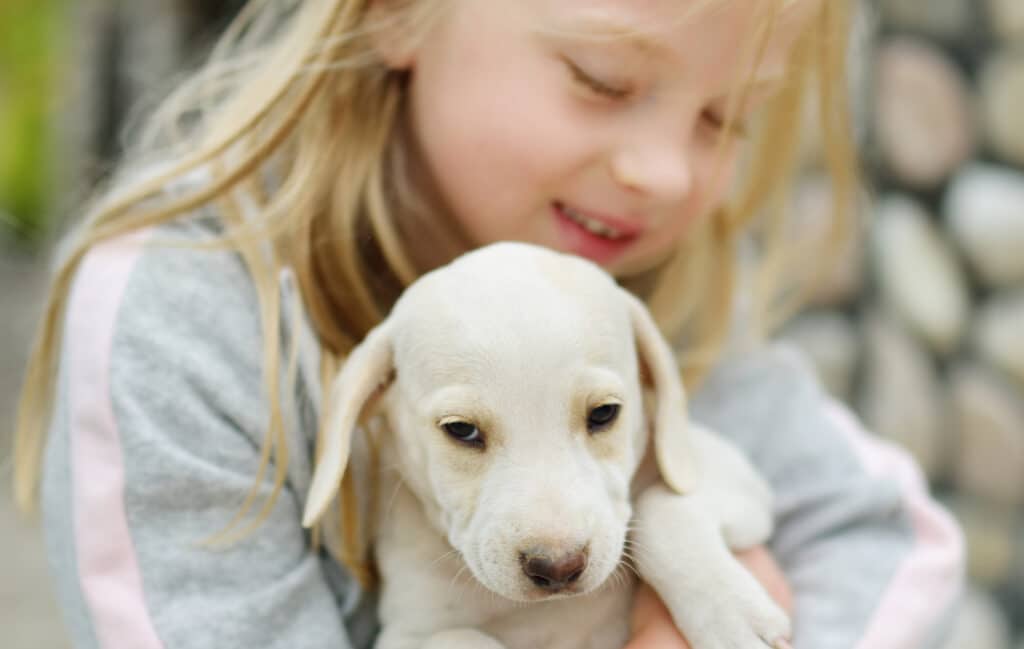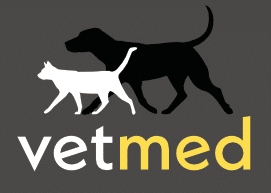Female Canine Desexing – What to Expect

What to expect when bringing your female dog in for desexing
Spaying a female puppy is an excellent step to help your young lady grow into a loving, well adapted household citizen. However, at Vetmed we understand that deciding to desex or spay your female puppy can be a scary one, so we have put together some information to help you understand both the procedure and the benefits of desexing your young lady.
Why do vets recommend desexing?
This is an easy one to answer – basically because there are so many health and behavioural benefits for your little kitten. These include:
- No heat behaviour – during the heat cycle, numerous behavioural problems may develop. Females will actively seek out male dogs, putting them in danger of traffic and fights with other animals. Also, unspayed females will bleed for up to 21 days when in heat.
- Decreased risk of cancers – dogs spayed before the first ‘heat’ have less than 0.5% chance of developing mammary (breast) cancer. Tumours also occur in the uterus and ovaries, which are eliminated in spayed dogs.
- Decreased risks of infections – unspayed dogs may develop a severe uterine disease called pyometra. With this disorder, bacteria enter the uterus, and it becomes filled with pus. Undetected, this condition is almost always fatal.
- Population control – many dogs are euthanized because they are unwanted. Preventing unwanted litters of puppies is part of responsible pet ownership.
When is the best time to spay my puppy?
The best time to spay your puppy is around six months of age. The puppy has matured enough to make anaesthesia a low risk but is young enough not to have reached sexual maturity yet.
What does spaying a puppy involve?
At Vetmed, we offer two different options when it comes to desexing a female dog. The first is keyhole surgery, where the ovaries are removed through 2 very tiny holes in the abdomen. This procedure has the benefits of much less pain and quicker recovery time which means your little lady will be able to go home that night.
The second option is a traditional spay. Both ovaries and the uterus are removed through an incision made through the abdomen’s skin just below the belly button while the puppy is under a general anaesthetic. Sutures are hidden under the skin, with only a small knot visible above the skin. Due to the longer procedure time involved, your little lady must stay overnight at the hospital, where she will be monitored and kept in a warm and safe environment. The following day she can go home happy and healthy.
What do I do before the procedure?
At Vetmed, traditional dog spays are performed Monday to Friday at all four of our vet hospitals by appointment only. Keyhole spays are only performed at our Randwick hospital, but we provide a transportation service free of charge from our other three hospitals.
When you ring to book in your young lady for desexing, our lovely reception staff will answer any questions you may have and reinforce any important details you need to know.
Your puppy must have nothing to eat from approximately 8 pm the night before the surgery to ensure that there is nothing in her stomach that could lead to vomiting during the anaesthetic.
It is also vital that your little one is brought into the veterinary hospital between the hours of 7:30 and 9:00 am. This allows our dedicated vets and vet nurses to perform their pre-anaesthetic health checks and procedures in a way that promotes a painless, stress-free process and ensures the risks involved are mitigated as far as possible.
What does the day of the procedure involve?
After you have dropped off your young lady with the vet nurses and you have signed the consent form, the sequence of procedure is a follows:
- Pre-anaesthetic examination – your puppy must be checked over by a veterinarian before any sedation or pain relief to ensure that she is healthy and there are no physical signs of illness.
- Pre-anaesthetic blood tests – blood tests are performed in-house and provide the veterinarian with vital information about your young lady’s internal health prior to anaesthesia.
- Pre-medication with sedation and pain relief – once the veterinarian has established that your puppy is healthy using the physical exam and the blood tests, sedation and pain relief is given via injection. Your young lady is then moved to a specialised area within the hospital for observation before anaesthesia.
- Induction of anaesthesia – once your puppy is sedated and has adequate pain relief, a catheter is inserted, and the anaesthetic is inducted using a fast-acting anaesthetic agent such as Alfaxan. A tube is then placed into their throat to ensure their airway is protected. She is then placed on a mixture of oxygen and inhalation anaesthetic whilst the procedure is conducted.
- Recovery – once desexing is finished, she will then be slowly woken up. This occurs in a recovery area of the hospital where specially designed cages provide plenty of warmth. Further pain relief is then provided to ensure your young lady is relaxed and pain-free as she slowly recovers. We allow at least 2 hours from the time she is awake before she can go home to mitigate any complications which may occur during this period.
What about after the procedure? What should I expect at home?
The veterinarian or vet nurse will contact you as soon as your little one is in recovery. Your young lady will go home either the same day with the keyhole procedure, or the next day with the traditional spay with some pain relief medication. You will be provided with a discharge statement that will guide you on how to use the medication, what to feed your little one and other important information. A vet nurse or veterinarian will go through this statement and explain how to administer the medication.
Expect your little puppy to be a bit quiet on the night of the procedure, but she should return to her usual self by the following day. She will have sutures that will need to be checked 7 days after the procedure. It is recommended that you do keep your little lady inside for those 7 days to give her time to heal.
If you have questions, we are always here to help. Please contact us at one of our four locations, and one of our team members will be able assist.
